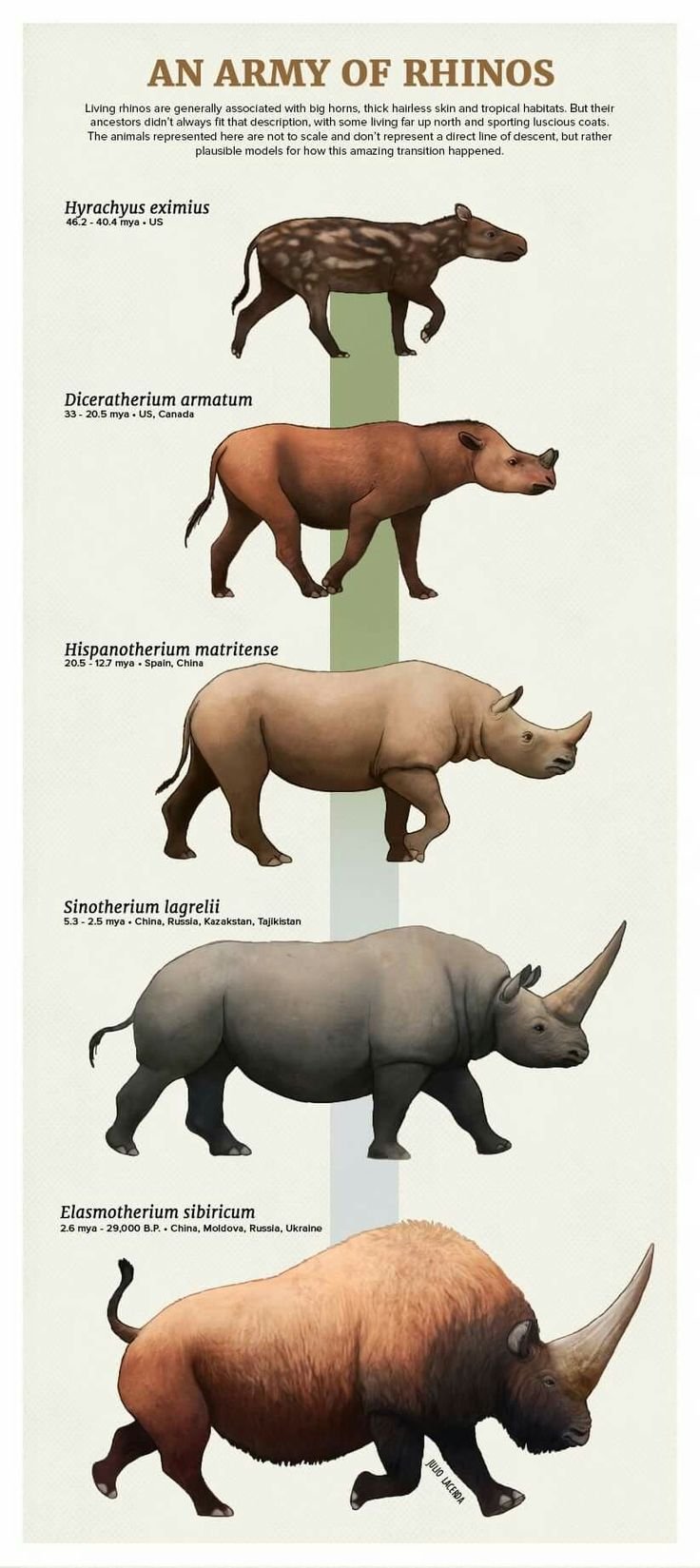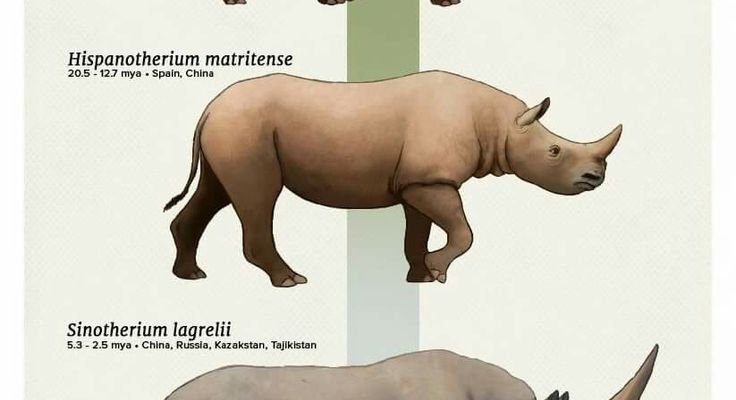
Imagine if your great-great-grandparents lived in a completely different world—one that was lush with sprawling forests and prehistoric giants. That’s not too far off from what our rhino friends experienced. Just like us, they’ve had to adapt to their surroundings over millions of years, facing challenges that shaped their physical traits and behaviors. So, let’s dive into this remarkable journey through time and see how these incredible animals evolved from ancient beasts to the creatures we know today.
The Origins of Rhinoceroses
Rhinoceroses belong to the family *Rhinocerotidae*, which first appeared about 50 million years ago. It’s hard to imagine such ancient times when our planet looked very different. Back then, the Earth was warmer, and lush forests were common in parts of North America, Europe, and Asia. This was the birthplace of the earliest ancestors of modern rhinos, known as Hyracodontidae. These early species weren’t quite the heavyweights we know today; they were much smaller and had features that allowed them to navigate their forested habitats.
You might be wondering how they survived in such environments. These early rhinos had different diets and behaviors compared to today’s species. They were more herbivorous, eating a variety of leaves and plants, which allowed them to thrive when forests were abundant.
The Age of Giants
As time went on, particularly during the Eocene epoch (around 55 million years ago), rhinos began to diversify into several species. One of the more notable branches was the “giant rhinos” that lived in Eurasia. For instance, *Paraceratherium*, which roamed about 34 million years ago, is considered one of the largest land mammals ever. Imagine a creature that could stand taller than a giraffe and weigh over 20 tons!
These giants had long necks, which helped them reach higher vegetation. Unfortunately, their size also made them vulnerable to environmental changes. As the climate began to cool, forests gave way to grasslands, and many of these massive animals couldn’t adapt quickly enough. Their extinction left a significant mark on the evolutionary tree of rhinos.
The Rise of Modern Rhinos
Fast forward to about 10 million years ago, and we begin to see the emergence of the ancestors of modern rhinos. These included species like *Dicerorhinus* and *Rhinoceros*, which are much closer to what we recognize today. These ancestors had thicker skin, which acted as armor against predators, and their horns began to take on the shape and size we’ve come to associate with rhinos.
It’s interesting to note that their horns are made of keratin—the same substance that makes up our hair and nails. This adaptation was crucial for survival as they could use their horns for defense and to forage for food. You might say the horn is like a multi-tool for them!
Surviving Through Ice Ages
As ice ages came and went, the evolutionary history of the rhinoceros faced more trials. The Pleistocene epoch (2.6 million years ago to 11,700 years ago) was a tough time filled with dramatic climate changes. During this period, we saw both the woolly rhinoceros and the *saber-toothed tiger* roaming side by side. Imagine a world where these majestic beasts shared the land!
The woolly rhino, adapted to cold climates, had a thick coat of hair and a more robust body. Unfortunately, as the ice ages drew to a close, these adaptations were no longer advantageous, leading to their extinction around 10,000 years ago. The surviving species were more suited for the warmer climates that emerged, but they still had to contend with human activities.
Modern Rhinoceros Species Today
Today, there are only five species of rhinos: the White Rhino, Black Rhino, Indian Rhino, Javan Rhino, and Sumatran Rhino. Each species has unique traits and adaptations. For instance, the White Rhino is known for its broad mouth, ideal for grazing on grass, while the Sumatran Rhino is smaller and more solitary, adapted for life in dense forests.
Sadly, many of these species are now endangered or at risk due to habitat loss and poaching. It’s heartbreaking to think that these majestic creatures could vanish, just like their ancient relatives. Conservation efforts are now in full swing to protect the remaining rhino populations and their habitats, ensuring that future generations can appreciate them.
The Role of Rhinoceroses in Ecosystems
Rhinoceroses play a critical role in their ecosystems, acting as megaherbivores that help maintain the balance within their environments. By grazing on grasses and plants, they promote the growth of new vegetation and help shape the landscape. They are often called “ecosystem engineers” for this reason.
You might not realize it, but the presence of rhinos can even support various other species. Their wallows—muddy pits they create for cooling off—can become watering holes for other animals. When they move through their habitats, they also help disperse seeds, contributing to plant diversity.
The evolutionary history of the rhinoceros is a rich tapestry of survival, adaptation, and resilience. From their humble beginnings as small forest-dwellers to the giants and modern species we see today, rhinos have navigated a complex world filled with change. They remind us of the delicate balance of nature and the importance of preserving biodiversity.
As we learn more about these magnificent animals, it’s essential to support conservation efforts that can help protect them from extinction. Every little bit counts in ensuring that future generations can experience the wonder of rhinos in the wild. So, the next time you look at a rhino, remember: they are not just ancient creatures; they are living connections to our planet’s past and its future.

